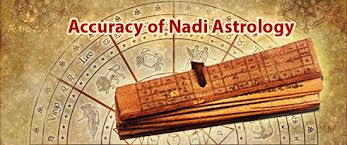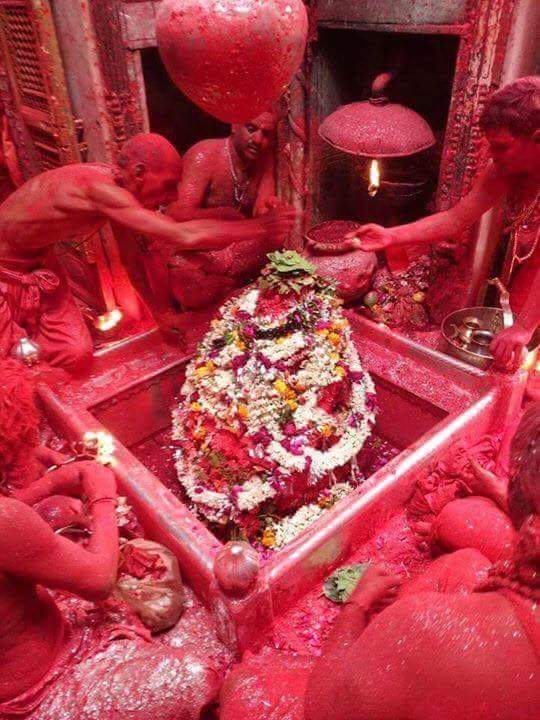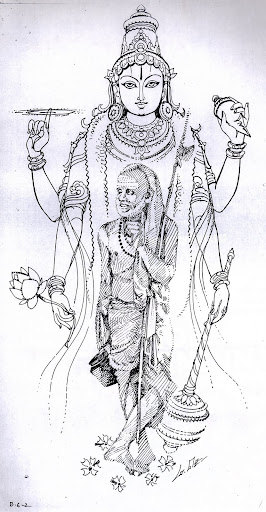1/n
Vaitheeswaran Koil: Main Deity : Sri Vaidyanatha Swamy (Lord Shiva)
Consort: Sri Thaiyal Nayagi
Other Deities : Panchamoorthys, Muthukumaraswami (Lord Muruga), Angaraga (planet Mars), Dhanvanthri, Jatayu, Badrakali, 63 Nayanmars.
Holy Water : SiddhamirthaTheertham
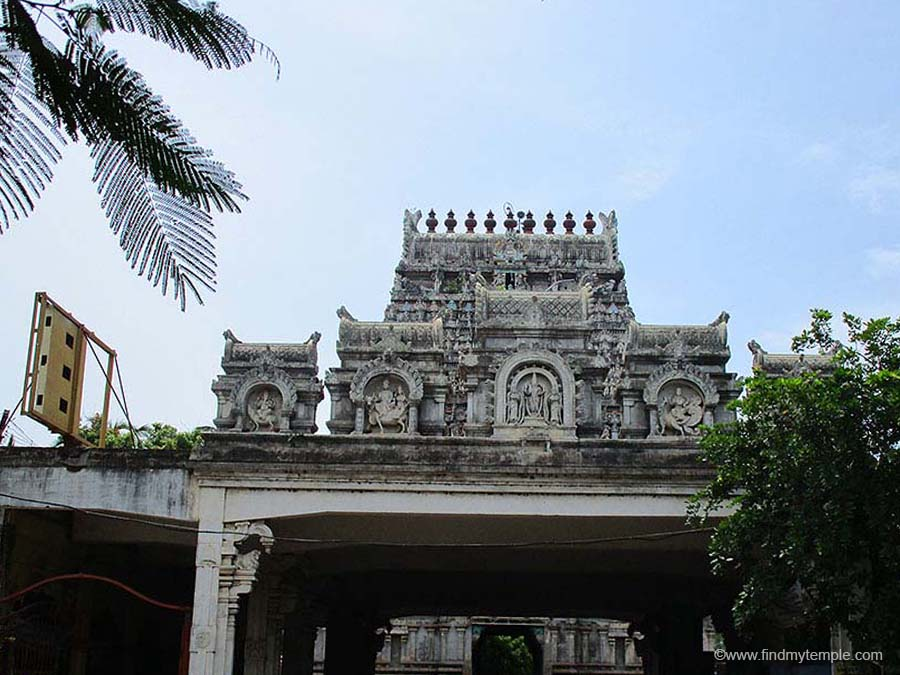
Sthala Vruksha : Neem (Vembu). It is located 235 kilometers from Chennai, 27 km from #Chidambaram, The holy waters of the Siddhamirtham tank within the temple complex contains nectar, and a holy dip is believed to cure all diseases. The temple is revered by the Tevaram hymns
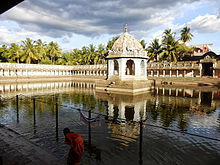
of 7th-century Saiva nayanars - Tamil saint poets and is also classified as a Paadam Petra Sthalam (temple revered by the nayanars). During the #Ramayana period, Sri Rama, Lakshmana and Saptarishi have worshiped the deity in this place.

Nadi astrology ('நாடி ஜோதிடம்' in Tamil), (nāḍi jyotiṣa) is a form of Hindu #astrology practiced around the temple. It is based on the belief that the past, present and the future lives of all humans were foreseen by Hindu sages in ancient time.
